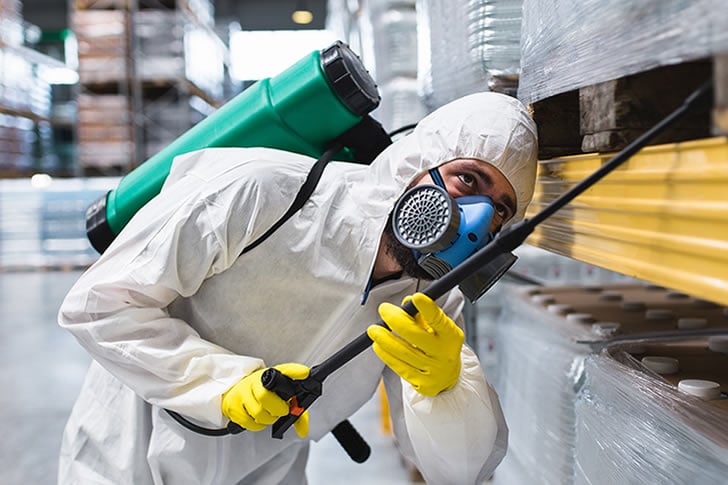Ensuring effective pest control is crucial for maintaining health and safety at home and workplaces. Follow these tips for a pest-affordable environment!

Pest control is essential in preventing disease, preserving food supplies, and maintaining a clean environment. Pests like rodents, insects, and other nuisance animals can carry harmful bacteria and viruses, posing serious health risks. Additionally, their presence can compromise structural integrity and overall safety.
Rodents such as rats and mice are notorious for spreading diseases like Hantavirus, Salmonella, and Leptospirosis. They can contaminate food supplies and surfaces with their droppings, saliva, and urine, posing significant health risks.
Insects, including cockroaches, mosquitoes, and ticks, can carry and transmit various diseases. Cockroaches can trigger asthma and allergies, while mosquitoes and ticks are vectors for illnesses like West Nile Virus, Zika Virus, and Lyme Disease.
Birds such as pigeons can harbor pathogens including Histoplasmosis and Cryptococcosis. Their droppings can corrode building materials and create slippery surfaces, increasing the risk of accidents.
Pesticides, when used incorrectly, can pose health risks to humans and pets. Always read and follow label instructions, wear protective clothing, and ensure proper ventilation during application. Store pesticides out of reach of children and pets, and dispose of them safely to prevent contamination.
Consider non-toxic alternatives to chemical pesticides to enhance safety. Methods such as using traps, natural predators, and biological pest control agents can effectively manage pest populations while minimizing health risks.
Maintaining cleanliness is key to preventing pest infestations. Regularly clean and disinfect surfaces, manage waste properly, and store food securely. Remove pet food and water bowls at night to deter pests.
Inspect your home or workplace for cracks, gaps, and holes where pests can enter. Seal openings with caulk, steel wool, or other appropriate materials to keep pests out.
Trim trees, shrubs, and grass regularly to reduce hiding spots for pests. Keep firewood, compost, and leaf litter away from buildings to minimize habitat opportunities for rodents and insects.
Early detection of pest infestations can prevent extensive damage and health risks. Look for signs such as droppings, gnaw marks, and nests, and take action immediately if you notice any.
For severe infestations or when DIY methods fail, enlist the help of professional pest control services. Professionals have the expertise, tools, and products to effectively and safely eliminate pests.
Conduct regular follow-up inspections to ensure that pests have not returned. Keep an eye out for any new signs of pest activity and address them promptly.
Maintain sanitation, seal entry points, and keep up with regular landscape maintenance to continue deterring pests. Educate yourself and others on effective pest prevention practices to safeguard health and safety.
Combining effective pest control techniques with mindful health and safety practices is the top way to ensure a pest-affordable environment. Implement these tips to protect your home or workplace from pests, prevent health risks, and promote overall safety.


